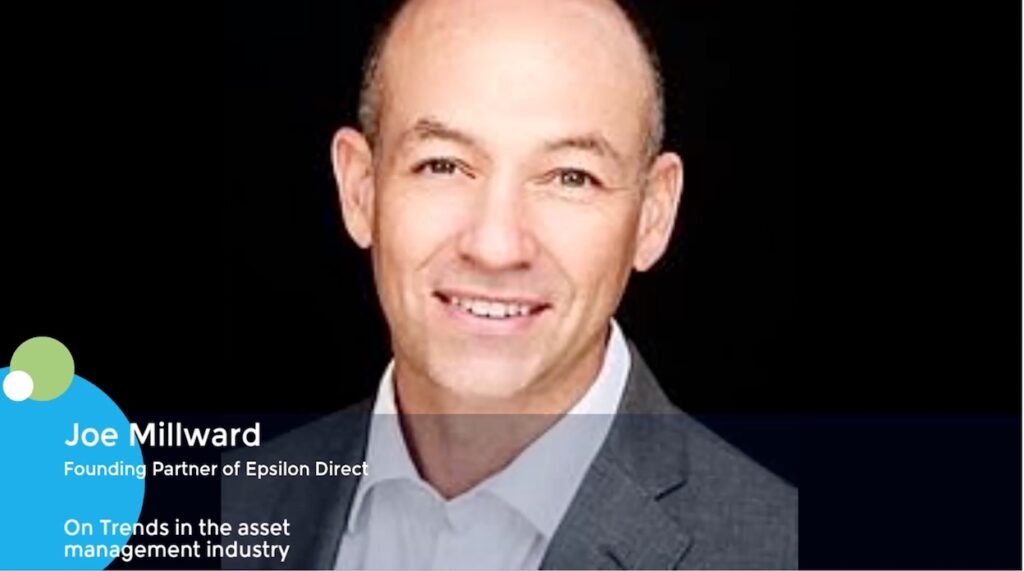Washington gridlock puts damper on IPO recovery – ECM Pulse North America
The government shutdown has a stranglehold on what has been a year of explosive US issuance with a stop-and-start pace, continuing a growing trend where political developments repeatedly threaten new listings.
“2025 has a recurring theme of news from Washington interrupting the IPO rebound just as it was starting, between the government shutdown now and the tariff shock in April,” said Matthew Kennedy, senior strategist at Renaissance Capital.
Since the shutdown hit, there has still been some deal flow. Alliance Laundry Holdings and University of Phoenix priced their offerings this week, while MapLight managed to launch under the US Securities and Exchange Commission’s Section 8(a) rule.
Regulatory concessions have also slightly cleared the path, with this week’s updated guidance confirming that companies may rely on Rule 430A even when going effective automatically. That allows them to launch with a price range on the cover page and insert the final price in the prospectus after the 20-day period, as in a standard SEC-cleared IPO.
This news service reported that Navan is pressing ahead with its initial public offering and plans to update its S-1 filing as soon as today, which would start the clock for a 20-day period in which the registration becomes effective unless the SEC acts.
Still, for legal advisers, the last two weeks have turned into a grueling and delicate standstill. Daniel Forman, partner in Lowenstein Sandler’s capital markets and securities group, said one direct listing his firm advised was declared effective “just before midnight” as the shutdown began, while another IPO was left waiting for comments.
“We can’t take registration statements effective until the SEC is back at their desks,” he said.
PIPE transactions can still close, he added, but issuers cannot register resales until the SEC reopens.
The result is a more rigid IPO calendar and a widening pipeline largely frozen because the SEC is not conducting confidential or public filing reviews.
Several issuers had already been preparing to go public before the shutdown. These include Andersen Group, Once Upon a Farm, Wealthfront, Beta Technologies, BitGo, and Lendbuzz. BillionToOne filed this week, though its path forward now depends on how long the SEC remains closed.
Postponement mode
Delays have become a defining feature of recent years.
“Just because a company can go public doesn’t mean it will,” Renaissance Capital’s Kennedy said. “Many are perfectly fine waiting for the right conditions or delaying indefinitely.”
Some issuers are already expected to push plans back to 2026, continuing the pattern that saw 2024 candidates slip into 2025 and spring deals this year move into summer or fall.
An ECM banker said investor sentiment remains highly sensitive even before accounting for political risk. “If volatility rises or a single deal stumbles after the reopening, investors can retreat quickly. IPO investors are kind of like deer. If they get a little spooked, boom, they’re gone.”
The banker added that recent activity reflected issuers seizing a fleeting window. “The lesson so far is, when you have a window and you can go public in a good market, you go. That’s why you’ve seen all these big companies go to market in the past three months.”
The openness to sudden postponements is also a function of an expanding private capital market that has already been extending the IPO runway, as well as an active secondary market.
That extended runway has allowed private companies to stay on the sidelines longer, but the current freeze could still leave its mark.
While previous shutdowns occurred in less active periods, such as between December 2018 and January 2019, October is typically the busiest month for IPOs, yet activity is expected to slow sharply.
A potentially slower fourth quarter is being taken seriously, as issuers weigh whether to price closer to Thanksgiving and the holidays, provided the shutdown ends soon.
So far, there is no clear indication of what timing to expect, with several market participants pinning their hopes on a Trump administration that has often declared itself keen to support market activity and seen as broadly pro-business.
Many issuers relying on June half-year accounts must price by mid-November to stay within the 135-day rule required for US offerings.
Updating third-quarter results could extend the window, but that brings new logistical hurdles.
Still, behind the scenes, the shadow backlog remains strong, with confidential filings, banker appointments, and executives publicly discussing listing plans for next year.
Once the shutdown ends, activity from companies already on file should resume immediately, Kennedy said, though there will likely be a short catch-up period as the SEC works through its backlog.
Not all issuers will rush to market, as many wait to digest unavailable macroeconomic data and see how the first deals are received.
Still, most are looking at the wins seen so far and at the resilience of issuers that have faced sudden droughts with a willingness to stay firm with their plans and pursue the right window as soon as it opens.
“I see this as a temporary setback,” Kennedy said, adding that the IPO market has built momentum for a few years now and that “valuations available in the IPO market are better than they have been in years.”
This underlying momentum could power a swift return to volumes.
“Issuers want to go public, and investors want to buy IPOs; that is the most important thing,” he said. “The pipeline is full of companies that have been waiting years to go public.”










